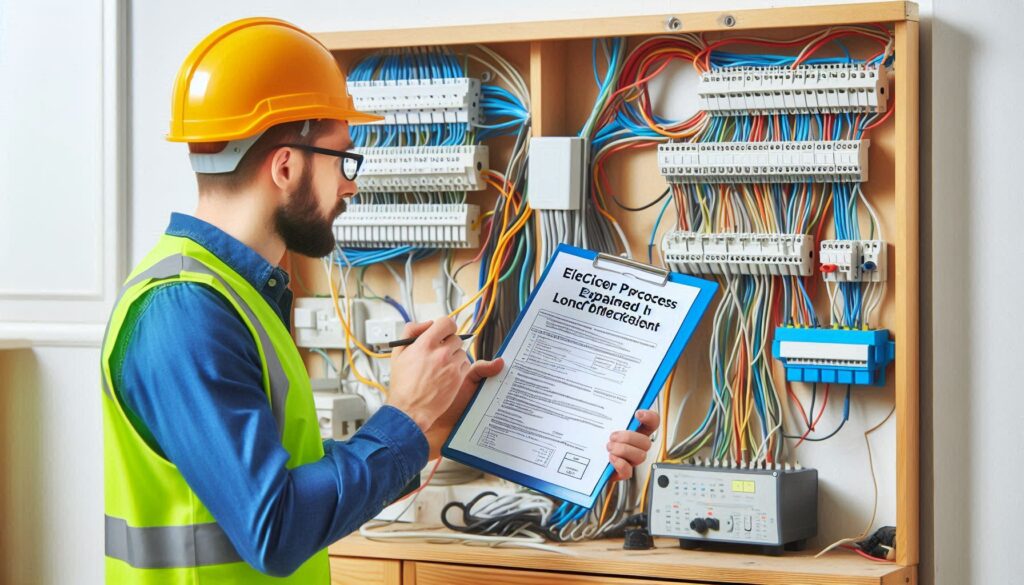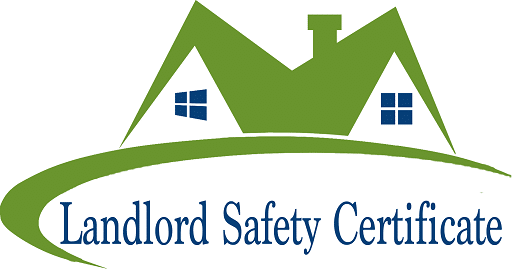
Electrical safety in London rentals is a serious responsibility, and every landlord must comply with inspection laws to protect tenants and property. Understanding the full EICR process explained alongside the inspection timeline London requires is the best way to avoid risks, reduce stress, and stay compliant. By following each stage of the lifecycle of an electrical inspection, landlords can maintain safe homes and safeguard their business reputation.
Electrical systems wear out with age, and London’s older housing stock often hides hidden dangers. Landlords who want to keep tenants safe and properties legally compliant must follow the inspection timeline London councils enforce. At the same time, having the EICR process explained clearly helps landlords understand how inspections identify risks such as faulty wiring, overloaded circuits, or outdated fuse boards.
This isn’t just a legal requirement; it’s also a way to protect tenant well-being and maintain long-term property value. A valid EICR reassures tenants, reduces liability, and shows that the landlord is committed to professional standards.
Preparation forms the first stage of the inspection lifecycle. Landlords must actively check for visible faults such as damaged sockets, exposed wires, or flickering lights before contacting an electrician. Fixing these small issues early prevents delays and saves money in the long run. With the EICR process explained, it becomes clear that engineers will carefully examine every part of the electrical system. At the same time, following the inspection timeline London councils require means landlords must prepare thoroughly to ensure the inspection runs smoothly.
By staying proactive, landlords not only reduce the risk of an “unsatisfactory” result but also create a faster and more reliable path to full compliance.
After preparation, the next step involves hiring a qualified electrician. Only registered professionals in London can issue valid EICRs, which makes booking early essential. Because demand is high, understanding the inspection timeline London landlords must follow helps prevent unnecessary delays. With the EICR process explained, landlords know they must verify credentials, confirm the electrician’s membership with bodies like NICEIC or NAPIT, and lock in a date well ahead of deadlines.
Acting early ensures compliance, avoids last-minute problems, and guarantees tenants enjoy a safe living environment.
On inspection day, landlords should be fully prepared for what happens. With the EICR process explained, it’s clear that the electrician will test circuits, check sockets, assess the fuse box, and confirm safe earthing arrangements. Meanwhile, the inspection timeline London councils expect requires that every step be recorded carefully.
Inspections typically last between one and several hours depending on property size. At the end of the process, the engineer classifies issues using standard industry codes. This stage ensures landlords meet all safety requirements while protecting tenants from potential hazards.
Once the inspection finishes, the landlord receives the Electrical Installation Condition Report. Having the EICR process explained makes it easier to understand whether the property has passed with a satisfactory result or failed with an unsatisfactory one. Following the inspection timeline London authorities set, landlords must complete any remedial work within 28 days, or sooner if the report highlights urgent problems.
Submitting evidence of completed repairs to both tenants and local councils ensures landlords remain compliant, avoid fines, and maintain trust.

Good records are the backbone of compliance in London. With the EICR process explained, landlords understand they must provide copies of the report to current tenants, incoming tenants before they move in, and councils whenever asked. At the same time, the inspection timeline London landlords must observe requires reports to be stored for at least two years.
This approach not only ensures smoother renewals but also reassures tenants that safety is a top priority. Consistent communication builds confidence and shows that landlords operate with transparency and responsibility.
The lifecycle does not end after one inspection. With the EICR process explained, landlords learn that each certificate remains valid for five years. However, waiting until the final months creates unnecessary risks. Because the inspection timeline London authorities enforce is strict, landlords benefit from planning renewals well in advance. In some cases, especially for older properties or those with heavy electrical usage, interim checks may even be required.
By acting early, landlords save money, minimise risks, and guarantee that tenants live in safe and well-maintained homes year after year.
Even when the EICR process explained is clear, landlords may face challenges. Difficulties include tenants not allowing access, unexpected repair costs, or delays in finding qualified electricians. Meanwhile, the inspection timeline London councils enforce leaves little room for delays, so planning ahead is essential.
Good communication with tenants, budgeting for repairs, and scheduling inspections early help landlords overcome these common obstacles.
Electrical safety checks are more than a legal duty; they also influence property value. With the EICR process explained, landlords see how inspections prevent costly emergencies and maintain reliable electrical systems. Moreover, following the inspection timeline London sets builds tenant trust, reduces vacancies, and makes properties more attractive to buyers or investors.
Safe homes bring peace of mind, stronger tenant relationships, and higher long-term returns.
London’s property safety standards are becoming stricter every year. With the EICR process explained, landlords understand inspections may soon require digital uploads or smart monitoring systems. Simultaneously, the inspection timeline London councils are enforcing may tighten further, with shorter deadlines for remedial work or faster reporting requirements.
Staying ahead of these changes keeps landlords compliant and ensures their rental business remains sustainable in the long run.
The lifecycle of a landlord electrical inspection in London is more than just a routine check. With the EICR process explained step by step, landlords gain confidence in managing inspections. By following the inspection timeline London councils demand, they protect tenants, avoid fines, and maintain safe, attractive properties.
Ultimately, proactive landlords who understand the full process not only stay compliant but also strengthen their reputation, property value, and long-term success in London’s rental market.

